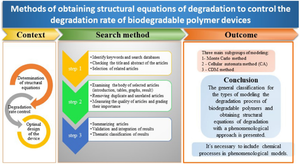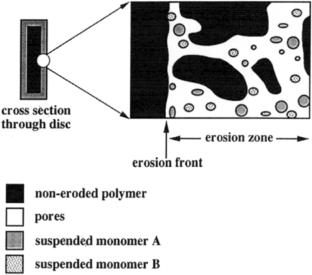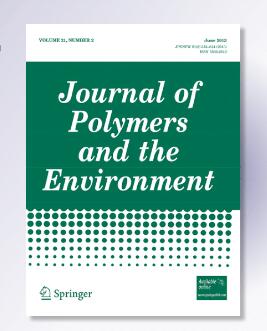Modeling Degradation Behavior of Biodegradable Polymers for Medical Devices: A Comparative Review of Phenomenological and Stochastic Approaches
Abstract
Biodegradable polymers have a high potential in making medical devices such as absorbable esophageal and vascular stents, bone, orthopedic screws and pins, etc. One of the main challenges of using biodegradable polymers as medical devices is the loss of mechanical characteristics due to degradation. Various factors affect the degradation rate of polymers according to the environmental conditions of using these types of devices. Knowing the structural equations governing the degradation rate of polymers and predicting their mechanical performance over time are important issues that lead to the optimal design of polymer devices and their mechanical performance before clinical use and in vivo tests. The degradation behavior of biodegradable polymers can be modeled with three different approaches: “phenomenological methods,” “stochastic/probabilistic methods,” and “physio-chemical methods.” Each approach and sub-branches have used different laws and assumptions to obtain the structural degradation equations. This article reviews the types of techniques used in modeling the degradation behavior of biodegradable polymers, structural equations governing and the degradation of biodegradable polymers using the phenomenological and stochastic/probabilistic approach. The achievements and limitations of each method are discussed and analyzed. Physio-chemical methods will be discussed in another article the author intends to publish.
Graphic Abstract



 求助内容:
求助内容: 应助结果提醒方式:
应助结果提醒方式:


